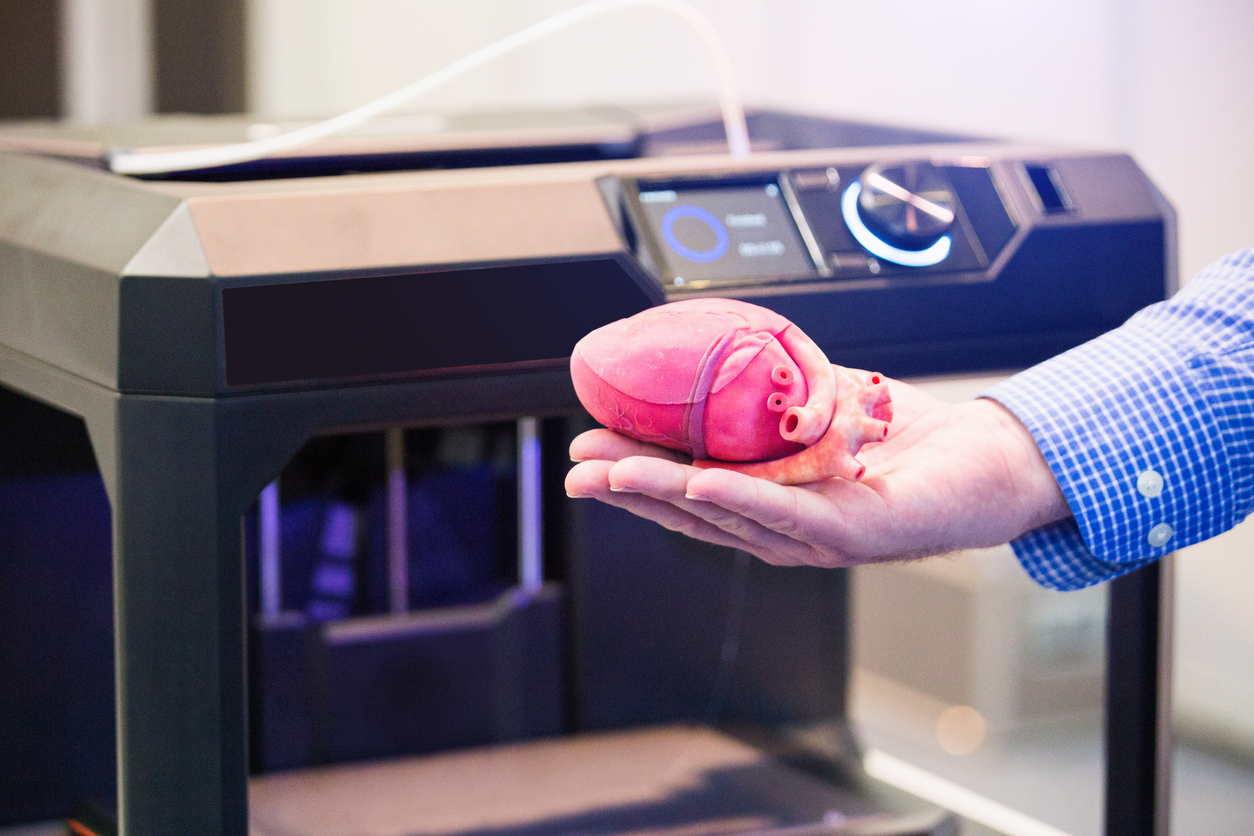
The surgical field is a dynamic landscape that constantly witnesses new technologies, innovative procedures, and groundbreaking research. To maintain peak performance and ensure patient safety, surgeons must continuously hone their knowledge and refine their techniques. This is why many states in the U.S. require Continuing Medical Education (or CME) for surgeons to maintain their licenses.
CME requirements vary by state and specialty. For example, in California, licensees are required to earn 50 Category I CME credits every biennial renewal cycle with surgeons having the option to complete a one-time education course of 12 credit hours in the subjects of treatment and management of opiate-dependent patients. Licensees in Delaware, meanwhile, must complete 40 Category I CME credits and a one-hour mandatory training on Child Protection Accountability Commission requirements every two-year renewal cycle.
Also, for example, diplomates of the American Board of Otolaryngology – Head and Neck Surgery have to meet Lifelong Learning requirements of a minimum of 25 AMA PRA Category I Credits™ and a minimum 80% score or higher in one ABOto self-assessment module in a practice relevant area annually. Diplomates of the American Board of Neurological Surgery, on the other hand, are required to earn at least 20 AMA PRA Category 1 Credits™ in neurosurgery each year.
What CME Credits You Can Earn
The types of CME credits available also vary. Here is an overview of types available in the United States and how to qualify for each one:
AMA PRA Category I Credits™
The predominant CME avenue for physicians in the United States revolves around American Medical Association (AMA) Category I credits. It is also the basis for receiving the AMA Physician’s Recognition Award (PRA). Participating in educational activities accredited by the Accreditation Council for Continuing Medical Education (ACCME) or an ACCME-accredited medical society is essential to accrue these credits.
This credit is earned through participation in sponsored events and completion of all requirements for the activity. For example, a surgeon could earn a maximum of 201.5 AMA PRA Category 1 Credits™ if they attended the 2023 Clinical Congress of the American College of Surgeons in person or 182.0 AMA PRA Category 1 Credits™ if they streamed it virtually.
The credits can be gained through the following:
- Live activities
- Enduring materials
- Journal-based CME
- Test item writing
- Manuscript review
- Performance improvement
- Internet point-of-care learning
AMA PRA Category II Credits™
The American Medical Association category 2 CME credit is awarded for any activities that have not been certified under the category 1 credit system. Unlike category 1 credits, category 2 cannot be advertised openly.
Physicians must proactively claim and self-document such activities, ensuring compliance with the American Medical Association’s standards and relevant ethical opinions. These credits can be gained through the following:
- Unstructured online searching and learning (i.e., not Internet point-of-care)
- Reading authoritative medical literature
- Consultation with peers and medical experts
- Self-assessment activities
- Medical writing
- Preceptorship participation
- Peer review and quality assurance participation
A single CME credit amounts to 60 minutes of participation time, rounded to the closest quarter-hour.
Where to Get CME Credits Online
There are now a wide range of online CME activities available, which can be more convenient and cost-effective for surgeons. Online methods can be completed at the surgeon’s own pace, allowing them to fit CME into their busy schedules without disrupting their workflow while also enabling them to direct their own learning from a wide range of topics and formats.
1. Webinars: Continuing education webinars transcend geographical constraints, enabling CME providers to engage a broader audience. Attendees benefit from the flexibility to earn CME credits from any location, and the option to access recorded sessions on demand accommodates varying schedules.
2. eLearning Courses: Online CME courses, accessible through a learning management system, cater to different learning preferences. These courses may be asynchronous, allowing self-paced learning, or incorporate in-person elements for a hands-on experience.
3. Virtual Lectures: Delivered through webcasts, virtual lectures feature expert-led sessions with designated Q&A segments. Participants can seek clarifications and insights from field specialists, enhancing the learning experience.
4. Online Conferences: Virtual events, spanning a day or multiple days, present a variety of sessions for participants to choose based on their preferences. This flexibility accommodates busy schedules and diverse professional interests.
5. Video CME: A rising trend among medical professionals, Video CME courses offer a convenient option for earning credits. Physicians can acquire CME credits by watching videos on specific medical topics and subsequently answering related questions.
The best online CME method for you will depend on a surgeon’s individual learning style, preferences, and time constraints. Adhering to the specific requirements outlined by the state or specialty board is crucial to selecting the most fitting CME courses for a surgeon’s professional needs.
For detailed information and resources, visit https://www.accme.org/
References:
https://www.ama-assn.org/system/files/pra-booklet.pdf
https://www.boardvitals.com/blog/types-of-cme-credits/
https://www.abns.org/cc-moc-requirements/
https://www.abohns.org/continuing-certification/part-ii-lifelong-learning-and-self-assessmen



